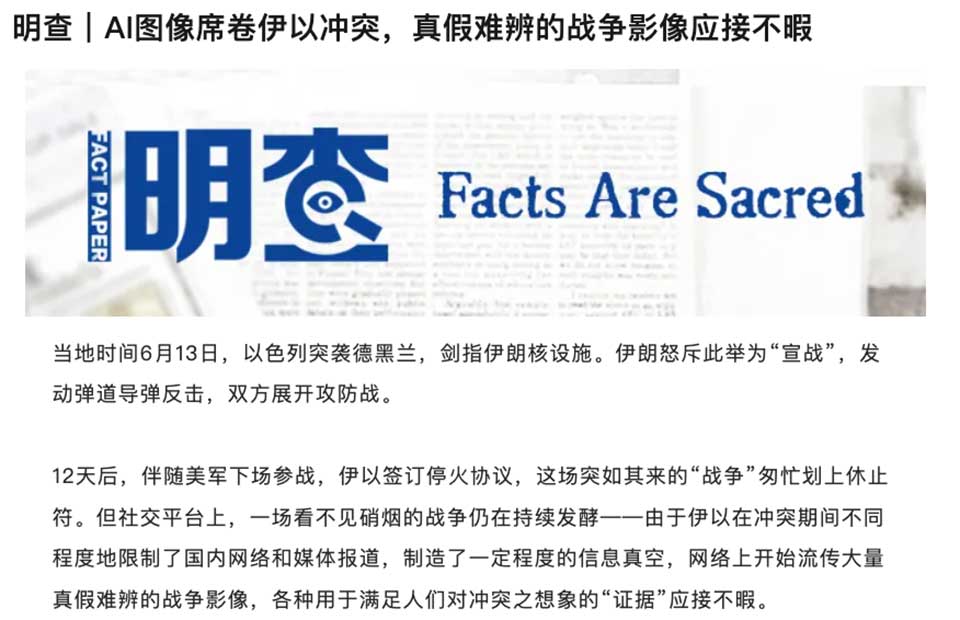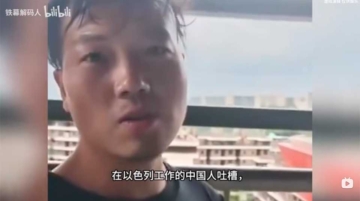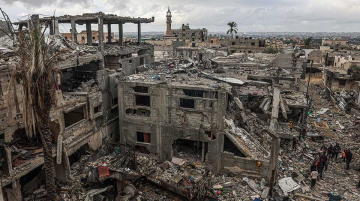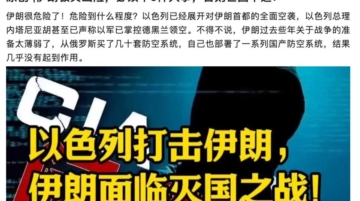
A recent investigation by Mingcha (明查)—the fact-checking and fake news verification desk under The Paper, a major Shanghai-based digital news outlet—has revealed how an avalanche of AI-generated images, video game footage, and recycled clips have flooded social media during the recent Israel-Iran conflict.
As both Israel and Iran restricted domestic media coverage during the hostilities, an information vacuum allowed manipulated visuals to fill the gap—spreading rapidly across TikTok, X (formerly Twitter), Weibo, and YouTube. Mingcha, whose mission is to debunk false claims and educate the public on digital verification, documents how AI-generated “war footage,” misused game simulations, and old videos rebranded as current events have shaped public perception far beyond the battlefield.
The report outlines several types of disinformation:
- AI-generated videos with distorted buildings, misshapen vehicles, and unnatural human features—many mislabeled as real combat footage;
- Clips from video games like Arma 3 and DCS World falsely framed as authentic airstrike footage or shootdowns of F-35 jets;
- Recycled videos from unrelated past events—such as fires in Dubai or religious ceremonies in Tehran—repurposed to fit the narrative of a raging conflict.
Despite platform efforts to fight misinformation (including X’s crowdsourced Community Notes and its AI assistant Grok), Mingcha points out that these tools often fall short, especially when trying to detect convincing AI-generated visuals. Even the Atlantic Council’s DFRLab found that Grok frequently produced inconsistent or inaccurate verifications during the conflict.
To counteract this, Mingcha not only debunks viral disinformation but also educates the public on how to verify digital content. One detailed example from their report demonstrates this methodology in action:
One widely circulated video during the conflict claimed to show an Iranian official praying with a Quran on his head, asking for missiles to strike Israeli targets. It was shared widely across platforms as a symbol of Iran’s resolve during wartime. But Mingcha suspected it was out of context—and proved it.
- Keyframe Extraction:
The team used InVID, a video analysis tool, to extract keyframes—still images that capture defining moments in the video. - Reverse Image Search:
These frames were then uploaded to Google Lens and other reverse image search engines, which revealed the same scene had appeared previously online.
Locating the Source:
The original version of the video was found on Instagram, posted on March 25—well before the June outbreak of hostilities.






